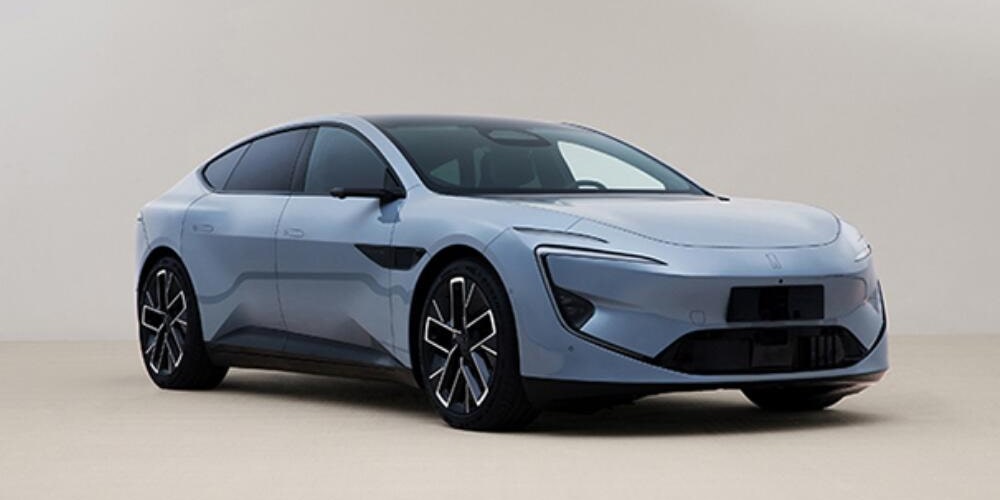Avatr is a brand jointly owned by tech giants Huawei, CATL, and Changan, with Huawei responsible for the technology used in the vehicles. The brand’s first SUV, the Avatr 11, was officially unveiled last year with only one powertrain option, consisting of two electric motors producing a combined output of 570 hp (425 kW) and 650 Nm of torque. The dual-motor version came with two battery options, a smaller CATL-supplied battery pack offering 555 km of range, and a bigger 116 kWh pack rated at 680 km by CLTC.
Starting next month, the Avatr 11 will be available from Huawei showrooms with an additional single-motor version. This version provides 230 kW of power (308 hp) and 370 Nm of torque, allowing the vehicle to accelerate from 0 to 100 km/h in just 6.6 seconds. Although it is nearly 3 seconds slower than the dual-motor version, it has a better driving range instead.
See also: Avatr 11 launches in China with a range up to 422 miles and starts from $51,800
Just like the dual-motor version, the single-motor Avatr 11 comes in two options, with a smaller 90 kWh battery rated at 600 km of range, and a bigger 116 kWh pack rated at 705 km by CLTC. Both vehicles support up to 240 kW DC charging and are built on 750V architecture, translating to 200 km of range added in just 10 minutes of charging, provided the DC charger can deliver the required charge.
Both models come with either a 4 or 5-seat layout and are equipped with Huawei Inside, the full stack smart vehicle solution from Huawei. Both are operated by Huawei’s HarmonyOS and have AVATRANS assisted driving system. The interiors of the two models are identical, with three screens up front and cabins mainly without mechanical controls. Only seats and windows retained the traditional button controls, and there are two scroll wheels on the steering wheel – everything else is controlled via the center screen or with the use of the driver’s voice.
Since its launch, Avatr 11 has become one of the most popular premium electric SUVs in China, claiming nearly 12% of the entire segment in February, placing it in third place behind the Nio ES6 and BMW iX3, and well ahead of Nio ES7 and XPeng G9. While the dual-motor version starts at about $52,000 at current exchange rates, the single-motor version comes at $46,500, and the version with a bigger battery starts at $50,900.
Huawei replaced Nio at the Avatr joint venture, and the move seems to have saved the brand. Avatr 11 uses the Huawei DriveONE powertrain, which the company developed specifically as a modular system that automotive brands could deploy quickly and with minimal involvement. With the introduction of the single-motor version, Avatr 11 is set to become an even more compelling option for consumers in China’s rapidly growing electric vehicle market.





